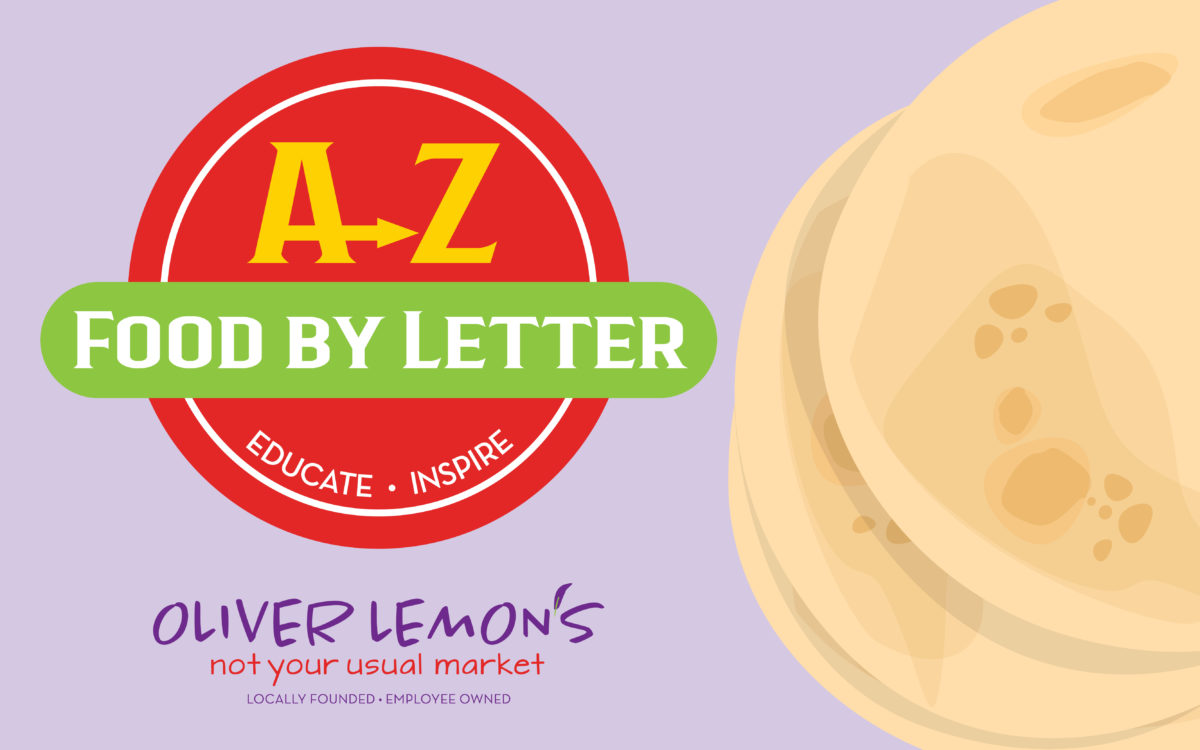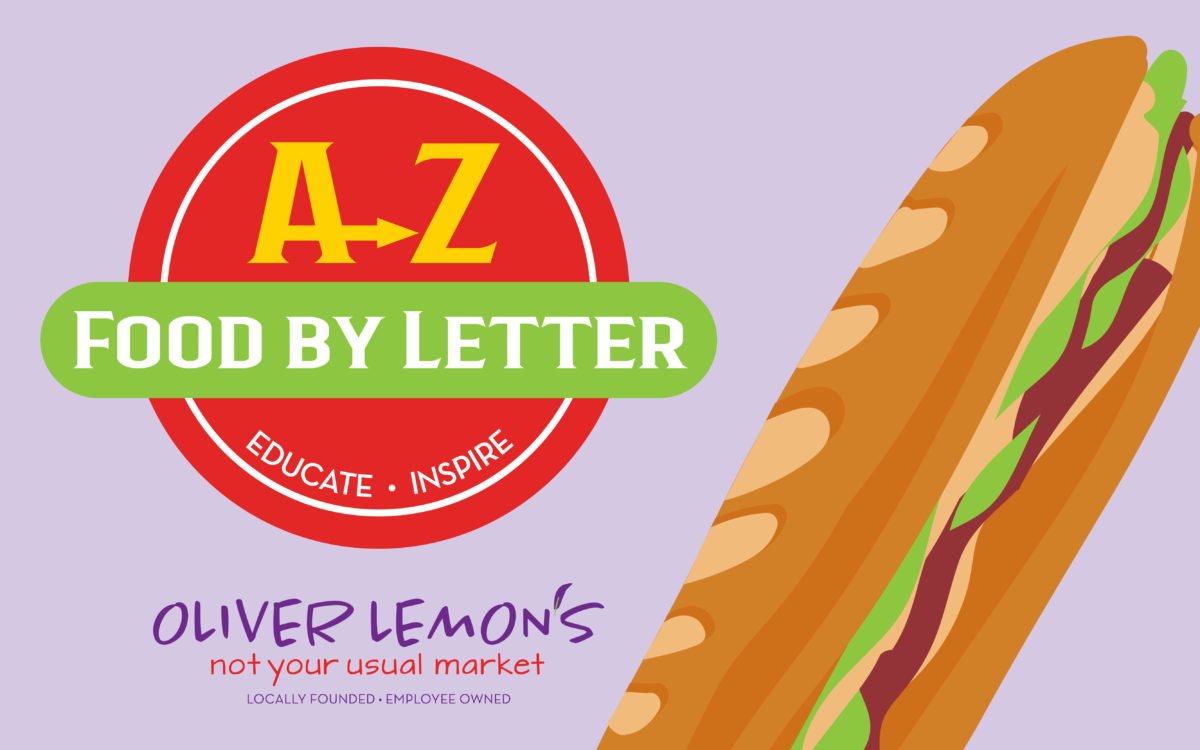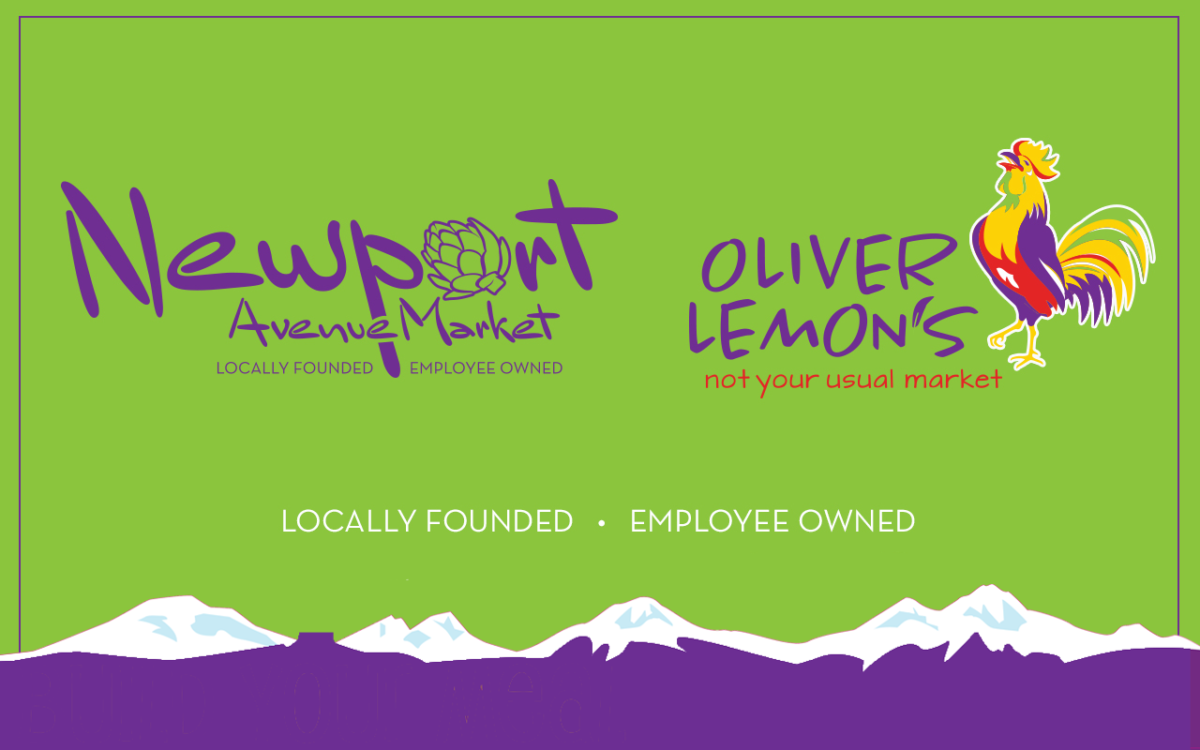Tortillas = one of the most popular bread products around. In fact, tortillas are more popular than bagels or muffins in America and are second only to sliced bread. The Tortilla Industry Association in the United States estimates that the industry (which includes tortillas, tortilla chips, tostada shells, and taco shells) is a $6 billion industry! Why do we love them? They make the perfect scoop, shell, or holder for your tasty filling and elevate any cuisine to new heights.
Tortillas have been around for thousands of years. Mayan legend says that the first tortilla was a gift. As the story goes, a peasant invented the corn tortilla as a present for his hungry king over 12,000 years ago. In the ancient highlands of modern Mexico, tortillas were a staple in both Mayan and Aztec diets. Ancient Central Americans made tortillas with a process called nixtamalization. The corn kernels soak in a solution of lime and water. This process removes the kernels’ skin, and then they are ground into a dough. The dough (masa) gets divided into golf ball-sized portions. Then, the preparer pats the dough into a thin circle and places it on a hot grill. People in southern Mexico still use this traditional process to make tortillas.
Fast Forward to the mid-twentieth century, manufacturers mechanized the traditional tortilla-making process to meet the growing demands of cities and the increasing population. Believe it or not, one of the first widespread uses of electric motors and gas engines was to provide power to wet-grain grinders. These wet-grain grinders made masa, but people still needed to form the dough into tortillas. In the 1960s, however, small-scale machines were capable of producing cooked tortillas every two seconds!

Want to win your next taco Tuesday? Try making your own corn tortillas with this delicious recipe from Gimme Some Oven. Easy to make (you only need 3 ingredients), this crowd-pleaser yields the most delectable, soft, foldable, and naturally gluten-free corn tortillas.
Ingredients
- 2 cups (240 grams) masa harina *(see below)
- 1-1/2 to 2 cups hot water
- 1 tsp fine sea salt
Instructions
- Mix the dough. In a large mixing bowl, briefly whisk together masa harina and salt. Gradually add 1-1/2 cups hot water, and stir the mixture with a wooden spoon or silicone spatula until an evenly mixed dough begins to form. Use your hands to knead the dough for 2-3 minutes in the mixing bowl, until it is smooth and forms a cohesive ball. The dough’s texture should feel springy and firm, similar to Play-Doh. If the dough feels too wet and is sticking to your hands, add in a few extra tablespoons of flour. If it feels too dry and crackly, add in an extra tablespoon or two of hot water.
- Rest the dough. Cover the bowl with a damp kitchen towel (or paper towel) and let the dough rest for 10 minutes.
- Portion the dough. Use a spoon or a medium ice cream scoop to portion the dough into a 2-tablespoon ball (35-40 grams, or about the size of a golf ball), then use your hands to roll the ball until it is nice and round.
- Press the dough balls. Place the dough ball between two pieces of plastic in a tortilla press. Then gently press the dough ball until it forms a 4- to 5-inch tortilla.
- Cook the tortilla. Heat a non-stick skillet over medium-high heat. Once the pan is nice and hot, gently peel the tortilla away from the plastic wrap and lay the tortilla flat in the skillet. Cook the tortilla for about 40-60 seconds per side, flipping it once speckled brown spots begin to appear on the bottom of the tortilla. The tortillas will likely bubble up while cooking, especially on the second side, which is a good sign! Once it is cooked, transfer the tortilla to a tortilla warmer or a bowl wrapped in a clean kitchen towel, so that the tortillas do not dry out.
- Repeat with the remaining tortillas. If you notice that the skillet begins to seem too hot, just turn down the heat a bit.
- Serve. The tortillas will continue to soften a bit more as they sit in a stack in your tortilla warmer (or wrapped in a towel). Serve however you would like and enjoy!
*What is Masa harina:
Masa harina translates in Spanish to mean “corn flour,” but please note that masa harina is different from cornmeal and American cornflour (which is just finely-ground cornmeal). Mexican masa harina is made from nixtamalized corn, so if you peek at the ingredient label, it should always include both corn (maíz) and hydrated lime. You can find it in the flour/baking section of our store!





